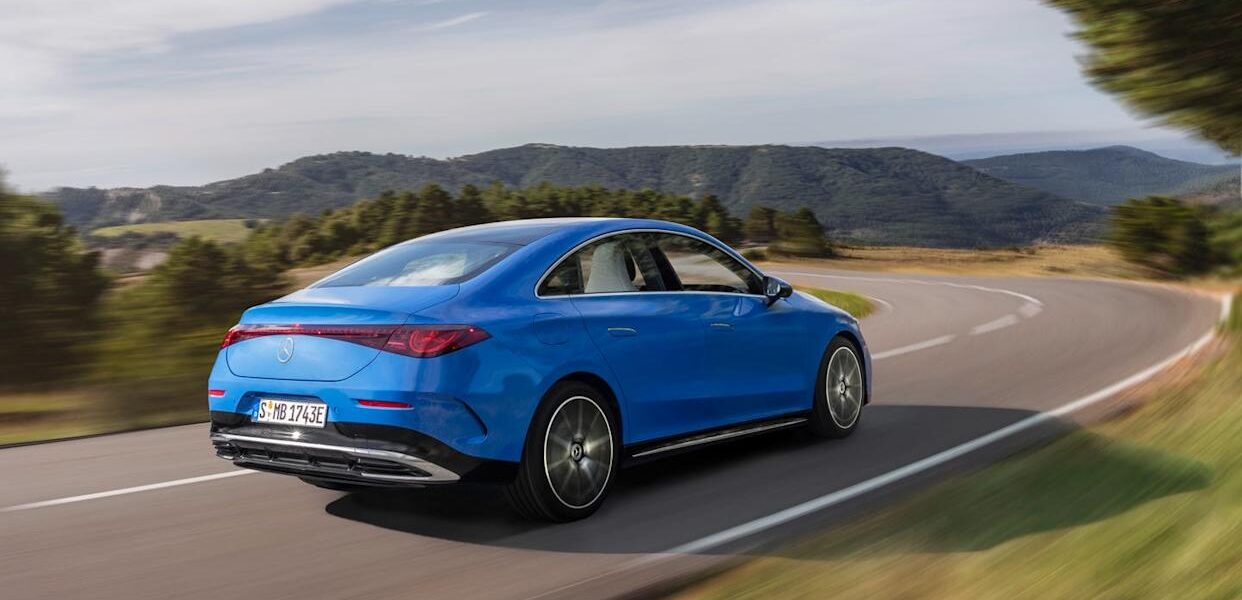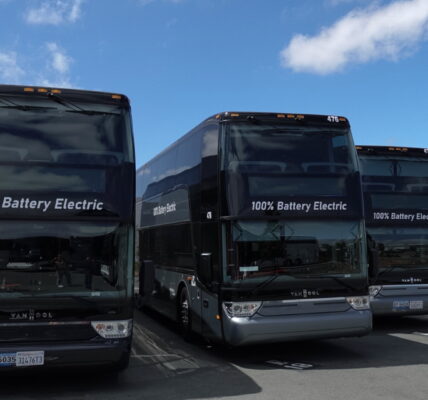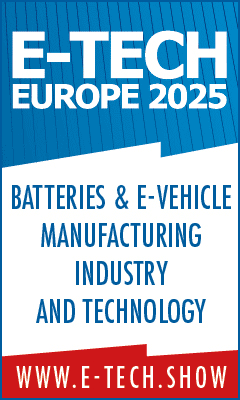The Mercedes-Benz CLA EV Has A NACS Port In The U.S., But It Can’t Charge At Tesla Superchargers
The 2026 Mercedes-Benz CLA-Class EV debuted a couple of months ago sporting all sorts of technological advances for the brand — one of the most notable being fast charging up to 320 kilowatts, the fastest of any electric Benz to date. On Wednesday, however, we learned there’s a caveat to the CLA’s impressive charging capability.
As initially brought to light by RoamingNorway on Twitter, the CLA EV will not be compatible with 400-volt DC fast chargers. InsideEVs reported confirmation of that fact via a Mercedes spokesperson, and we reached out to learn more about this bizarre charging compatibility issue.
A spokesperson sent the following to Road & Track: “While it is not possible to charge at 400V DC charging stations, the Mercedes-Benz navigation with Electric Intelligence leads to the compatible high-performance chargers, where charging with up to 320 kW is possible with the new CLA.”
So if you want to charge your new electric CLA via a public fast charger, you better go find one that clocks in at 800 volts or more. How big of a miss is this from Mercedes on its new EV? We’d reckon a substantial one.
See, here’s why: the CLA EV will be the first Mercedes on sale in the U.S. to use the NACS port… but you won’t be able to charge it at any of America’s many Tesla Superchargers that NACS is designed to integrate with, since they’re all 470-volt chargers. Tesla has made some noise discussing its next-gen 1000-volt V4 Superchargers, but those have not been installed anywhere in the U.S. Other charging companies will, in time, build 800-volt chargers with the NACS plug where you’ll be able to plug a CLA EV in directly, but those are thin on the ground for a vehicle scheduled to go on sale in fall of 2025.
While we wait for those chargers to come online, you will be able to plug the CLA EV into existing 800-volt-plus chargers, but you’ll have to use a CCS adapter. That limits you to existing stations from Electrify America, EVGo and others that support 800-volt-plus fast charging. Mercedes says the CLA EV will know which chargers it’s compatible with and only display those as options in the navigation system when you search out charging options or plan a trip.
We asked Mercedes why the car is limited to only 400-volt chargers, and while the company declined to give a specific answer, its statement in return suggests there’s a hardware roadblock in place with the car’s new 800-volt architecture.
“The new CLA launches with the new electric architecture from Mercedes-Benz and is based on a newly developed, efficient, and powerful 800V technology,” a spokesperson told us. “This can be used to enable a powerful and equally efficient charging process at 800V DC-fast-charging stations, whose share in the entire charging network is constantly increasing. This noticeably reduces the charging time and thus significantly enhances the charging experience. The 800V technology enables charging at up to 320 kW with the new CLA, which is a substantial improvement over previous 400V systems. This means you can recharge your vehicle much faster, reducing the time spent at charging stations.”
No other EV on sale today in the U.S. is locked out of 400-volt DC fast chargers. Vehicles like the Hyundai Ioniq 5, Kia EV6, and Porsche Taycan use an 800-volt electrical architecture for charging, but they can all be charged on 400-volt DC plugs. That compatibility extends to Tesla Superchargers as well: Hyundai was the first to launch a NACS port EV in the U.S. with its updated Ioniq 5, and again, it uses an 800-volt charging system and charges seamlessly on the Tesla Supercharger network.
There’s a charge speed penalty Hyundai deals with, howeber, as the Ioniq 5 tops out at 135 kW on a Supercharger versus 257 kW on an 800-volt charger. That’s an unfortunate side effect — but the ability to plug in at more chargers is the big draw of moving to NACS, and the CLA EV will miss out on that perk, at least at launch.








